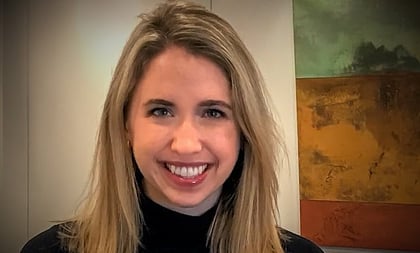America’s Health Insurance Plans (AHIP) wants everyone to understand that major medical insurance is different from limited-benefit health insurance, short-term medical insurance, and other arrangements often suggested as alternatives.
Cathryn Donaldson, AHIP’s director of communications, talked about the group’s views on the purported alternatives during a recent interview in New York.
“We welcome [companies] selling those products,” Donaldson said.
(Related: HealthCare.gov Should Say How It’s Using Insurers’ Cash: AHIP)
Short-term medical insurance, for example, can be valuable to people who need something to fill in gaps in major medical coverage, she said.
But Donaldson said AHIP wants to make sure issuers and agents do a good job of telling consumers what products do and don’t do.
“We want people to make sure they know what they are,” Donaldson said.
Disclosure rules are especially important for health benefits products that are not actually insurance, Donaldson said.
She cited health care cost-sharing ministries, and any new plans set up under the Trump administration’s new association health plan regulations, as examples of arrangements that, under federal rules, do not have to follow the same kinds of underwriting and financial stability rules that an insured plan would have to follow.
AHIP is not talking much these days, however, about an issue that seemed like a major concern a year ago: a shorter individual major medical insurance open enrollment period.
Open Enrollment Period Changes
An “open enrollment period” system is a system that puts limits on when people have an easy time buying health insurance.
The idea is to scare healthy people into signing up for coverage during the open enrollment period, and paying for coverage year-round, because of a fear that, otherwise, they could suddenly end up with serious health problems outside the open enrollment period, and no way to get health coverage until the start of the next open enrollment period.
Regulators, insurers and Affordable Care Act public exchange managers set up an open enrollment period system for the individual major medical market to compensate for ACA rules that eliminated many of insurers’ old defenses against medical claim risk, such as refusing to cover people with serious health problems.









 August 26, 2018 at 06:31 PM
August 26, 2018 at 06:31 PM








